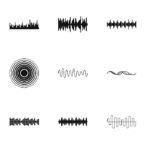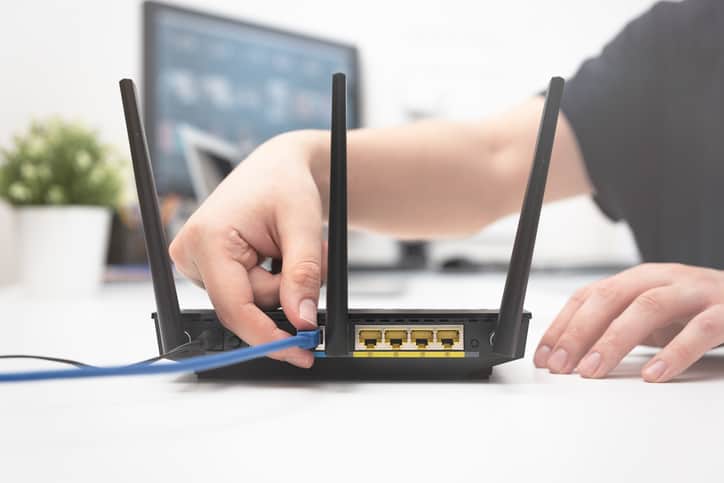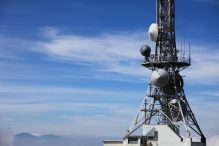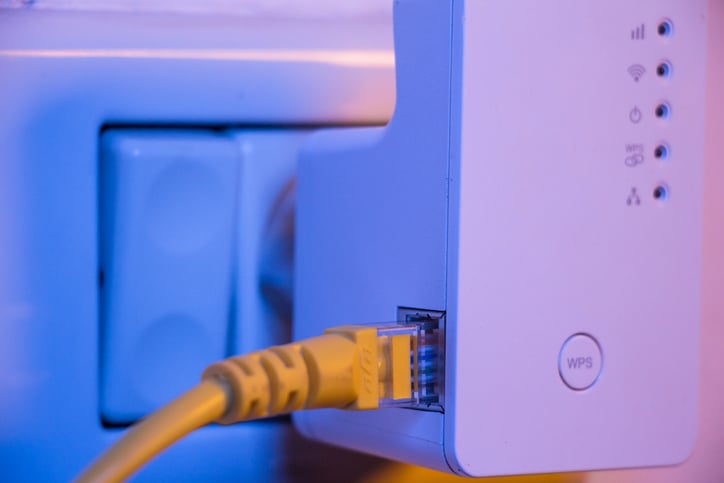Will my cell phone signal booster work with installed mobile broadband?
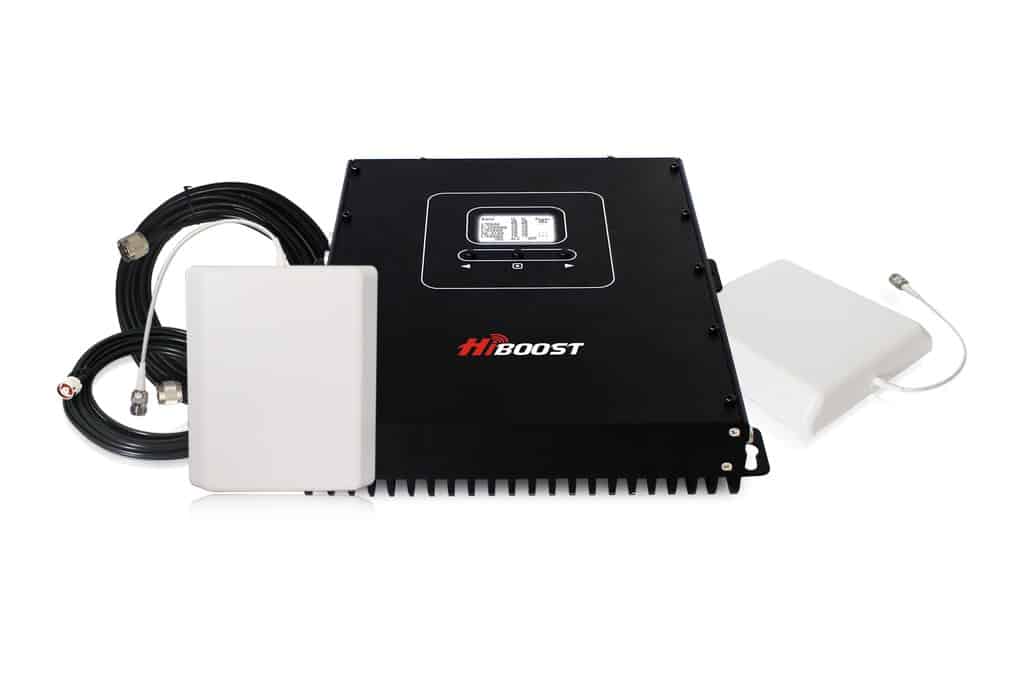
If you currently use a cell phone booster, like weBoost, to improve your cellular signal, you can use the same technology to increase the speed of your installed mobile broadband connection. If you’re using a cell phone signal booster that’s locked to a specific carrier, you’ll need to purchase installed mobile broadband from the same carrier if you want your booster to work.
How to pair your cell phone signal booster with installed mobile broadband
Most cell phone signal boosters are omnidirectional antennas that pick up cellular signals from all of your carrier’s nearby towers. Because this type of technology is relatively flexible, you won’t have to reinstall or readjust your booster antenna when you install mobile broadband. Instead, your wireless router should pick up the enhanced cellular signal as soon as it turns on.
While you don’t need to make any drastic changes to your antenna setup when you install mobile broadband on your property, there are a few things you can do to ensure that your installed connection gets the most out of your boosted cellular signal.
- Some building materials, such as metal building frames and exposed wiring, disrupt the movement of radio waves. To minimize this disruption, place your cell phone signal booster in a window on the side of your building closest to the nearest cellular tower.
- Install your wireless router in a central location close to the booster antenna. If possible, establish a clear line of sight between your signal booster and your wireless router. A clear line of sight will minimize obstructions and radio interference.
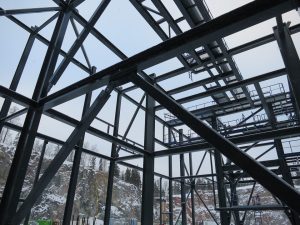
Some booster antennas are made specifically for installed connections
While it’s perfectly fine to use a cell phone booster to improve your installed mobile broadband signal, many manufacturers produce booster antennas specifically for installed connections. Wilson Electronics, for example, produces a line of weBoost antennas that connect directly to your router. This type of booster antenna will boost your internet speeds more than a cell phone booster, since connecting the booster directly to the router minimizes signal loss.
These dedicated booster antennas have a wired, not wireless, connection with your router. This wired connection not only minimizes signal loss, it also minimizes the radio interference in your home. When you use a cell phone signal booster with a wireless router, the booster will continue to connect to any other wireless device using 4G LTE. These connections can interfere with the link between your booster and your router, slowing down your internet speeds.
Most cell phone boosters are omnidirectional, which means they send and receive radio waves with cellular towers in all directions. Booster antennas for installed mobile broadband, however, can also be directional, which means they only send and receive radio waves in one direction. Because directional antennas only transmit radio waves in one direction (towards the nearest cellular tower), they have minimal signal loss, which improves the antenna range. Directional antennas can, then, connect successfully with cellular towers that are farther away.
If you’re looking for a booster antenna that will connect directly to your wireless router, check out either the omnidirectional Panel MIMO Booster Antenna or the directional Super Duo-Yagi MIMO Antenna. Both these models are made specifically for installed mobile broadband connections.


